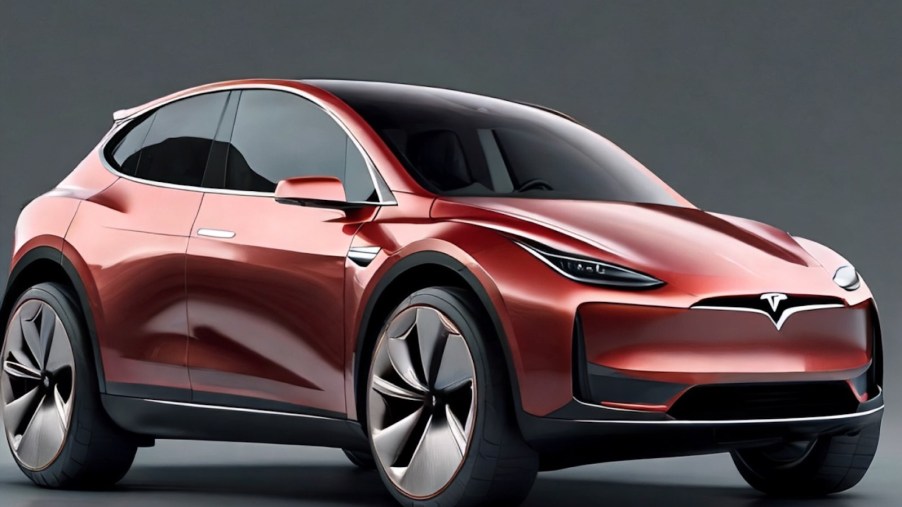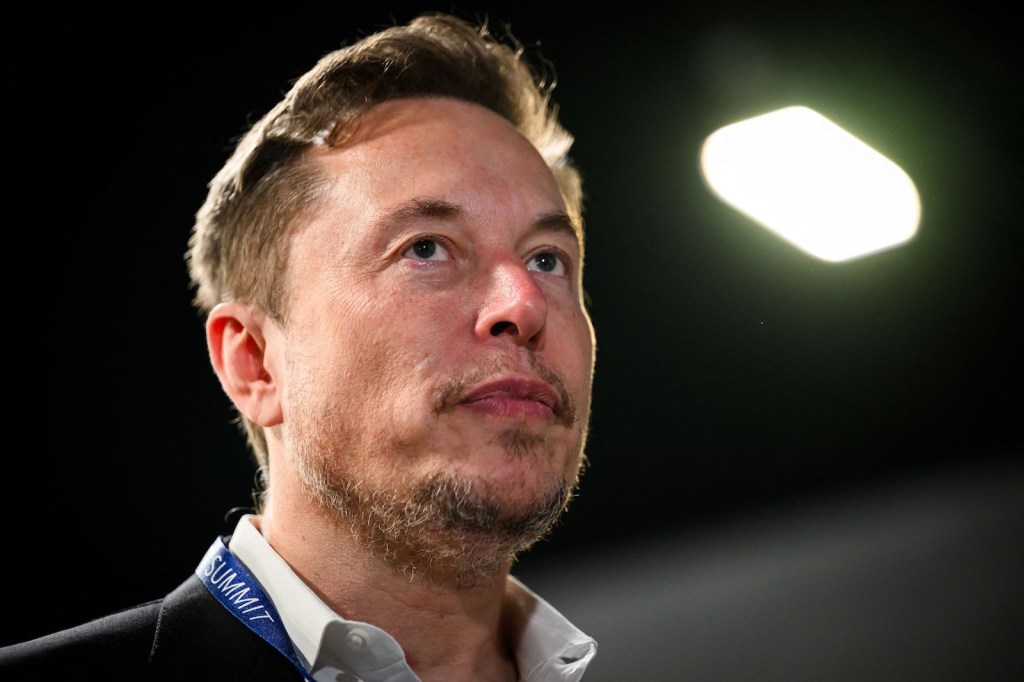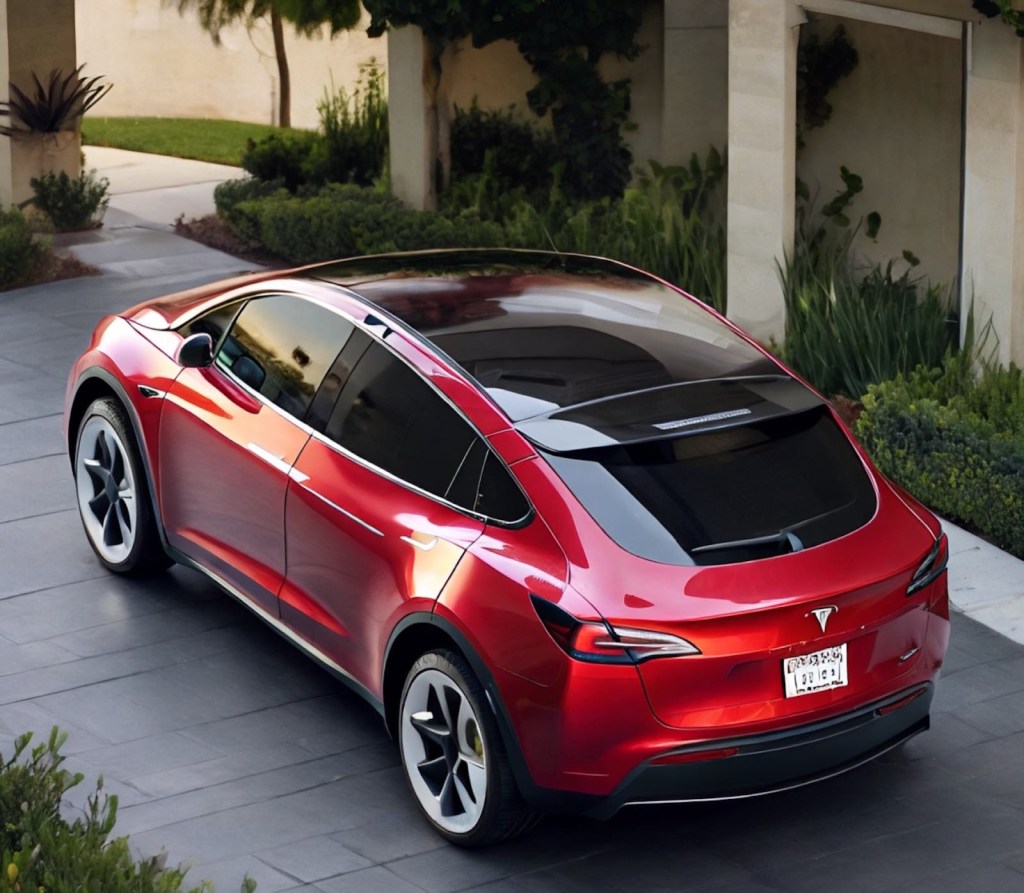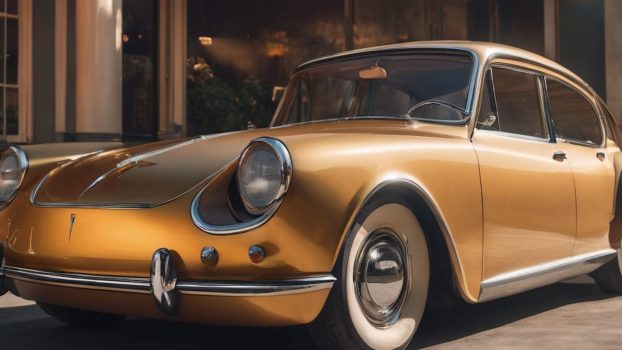
$25k Tesla ‘Redwood’ to Launch June 2025
Elon Musk doesn’t have much of a poker face. He’s been talking about his “master plan” since he joined Tesla. He said he would start with a vehicle at a supercar price point (the Roadster), and use that to fund the research and development mid-range luxury cars. Finally, he would use the profit from phase two to pivot to a true entry-level EV. For decades, EV fans and journalists have wondered how a true entry-level Tesla might change the market. And now we have a date when we may find out: June 2025.
One of Elon Musk’s strengths is revolutionizing sourcing and manufacturing to make previously unfeasible ideas affordable. Investors have long dreamed of winning government contracts for rocket launches, but it was Space X that got it done. Likewise, electric vehicles have been a toy for wealthy drivers since 1832 (that’s not a typo). Tesla went a long way towards making EVs mainstream. And the final step will be an EV that can compete with the Honda Civic’s price point.

In fact, inside sources told Reuters that Tesla just tore down a Honda Civic (MSRP $23,950) to see what they’re up against. But Musk has been building towards this $25k vehicle for a long time.
Musk started with what he knows best. He is reportedly pioneering an even larger “GigaPress” in his Austin factory. This would allow him to cast a compact vehicle’s entire floorpan/chassis as a single piece. Sources close to Tesla reveal that this “unboxed” assembly process will feature several lines which finish other sub-assemblies, before snapping them on to the floor/chassis. Musk is counting on this completely reimagined process to enable him to build 10,000 compact vehicles every week–at each factory. He has told investors he plans to start by implementing the new process in Texas, Mexico, and at a third factory. That would mean a production capacity of 1,560,000 units every year.
Next is the EV’s most expensive component: its battery. While there is little Musk can do to make raw lithium cheaper, he is doing the next best thing. Starting with the Cybertruck, Tesla EVs will feature an all-new battery that is built completely in-house. This means Tesla can pay the market rate for lithium and then reduce every other cost associated with EV batteries. The Model 3, which now doesn’t even come with turn signal stocks, is a great example of reducing the cost of every aspect of an EV to make their prices as competitive as possible–despite high battery prices.

Tesla refers to its new compact, FWD chassis as “NV9X” internally. In his biography of Elon Musk, Walter Isaacson writes that the plan is to eventually build both an entry-level compact and a self-driving taxi on this chassis. But with multiple setbacks to Tesla’s self-driving software, the regular passenger car is the only one we are getting for now.
Sources report that Tesla’s codename for the regular passenger EV on the NV9X is “Redwood.” It is a compact crossover. It will be a FWD, presumably with a relatively small battery, and perhaps offsetting its short range with 800-volt DC fast charging capabilities. Other reports say its tall crossover shape compensates for its lack of trunk and frunk storage because its overhangs have been shortened to nearly nothing. This may sound dramatic, but other small EVs such as Hyundai’s Ioniq 5 have short overhangs to smooth out the ride and make as much room as possible for the “skateboard” chassis beneath.
Finally, there is the price. Elon Musk has thrown around different numbers over the years, but the latest price target of the Tesla “Redwood” is reportedly $25,000. Like the Cybertruck, the “Launch Edition” may cost quite a bit more, with later model years finally settling into the promised MSRP. If Tesla can source the battery’s lithium from U.S. allies than its new compact would qualify for the same $7,500 tax credit as some Model 3s. That could put the out-the-door cost at $17,500. And for a brand new car, that would be an impossible price to ignore.
Elon Musk is very optimistic about this next vehicle. After a bad Q4 of 2023, he told investors that he thinks the Redwood and its robotaxi sibling could eventually have a worldwide market cap of five million vehicles–every year. Even the VW Beetle only sold 21 million vehicles during its incredible 1938-2003 production run. Musk’s vision is very much to build the next Beetle.
Longtime readers know I’m far from a Tesla fan. I am the first to report on mismanagement, such as falsifying ranges and systematically ignoring complaints, installing components engineered to fail, or using vehicle cameras to spy on owners.
What is more, there is no guarantee Tesla can pull off a $25k EV that can truly go toe-to-toe with Chinese manufacturers worldwide. But many journalists are reporting on this plan as a last minute hail-Mary Musk is tossing out to save a failing company. The truth is that an entry-level Tesla has been in the works from his first year at the company.
Check out Elon Musk’s entire discussion with his investors from his 2023 Q4 earnings call in the video below:




